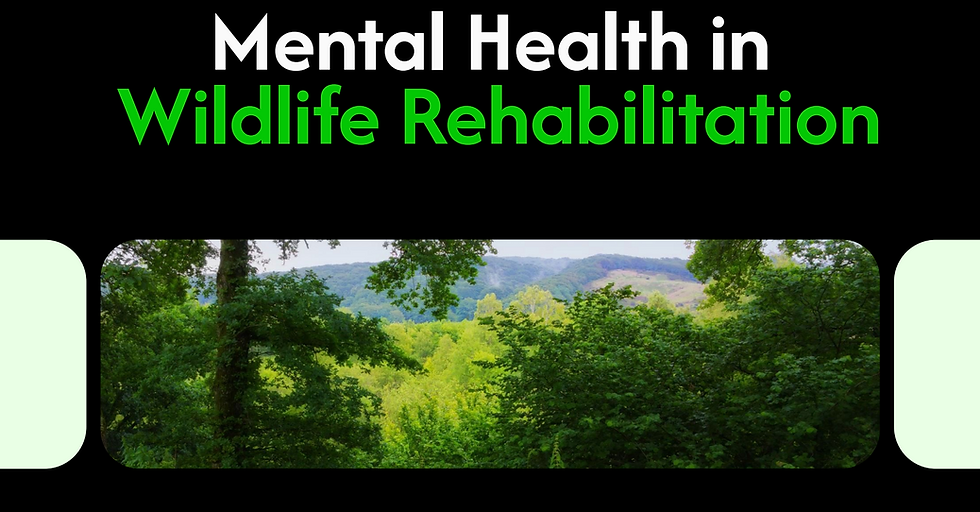Report Back on the Inaugural Oceania Seabird Symposium
- WReNNZ

- Apr 30
- 2 min read

The inaugural Oceania Seabird Symposium was held at the University of Auckland in April 2025. Representatives from this critically important region, the Pacific Ocean, came together to share their stories of the seabirds that call the world’s largest body of water home. It was eye-opening and confronting, to say the least. Between invasive species, fishery by-catch deaths, land use changes, human-built structures and climate changes, these incredible species are losing ground, often at breakneck speed. Imagine surviving to leave the nest, beginning voyages that will take you over the vast Pacific Ocean, only to drown through entanglement in fishing gear. Or to survive the storms, loss of food resources, and to grow and mature to breeding age, then to die through a collision with wind turbines or power lines. Or to be predated by cats, dogs or rats as you try to reproduce. Depressing? Damn right!
There were bright spots, however. I felt buoyed by the wonderful energy and dedication of the biologists and agencies trying to turn the tide. It is these dedicated people from all the Pacific Nations involved in surveying, restoring, monitoring and simply caring about the majestic seabirds that call this region home, who created a gathering of hope. One aspect that came through loud and clear, however, is the need for support. This starts with recognising the role these birds have played in the lives of all citizens in this region. In many communities, these birds often play a crucial role in their lives of, for example, the fishers sighting feeding birds that guide them to a food resource or helping them to find land in the vast reaches of the ocean. We see that often historical and cultural importance and knowledge is not sought to guide plans and actions that will impact these species today.
We also simply know so little about these birds’ lives, their biology, life cycle and population numbers. Therefore, banding and tracking information is crucial to help guide decisions to reduce harm. If we know where they are heading over the annual cycle, to breed, feed and travel, then maybe more protections can be brought in to reduce losses.
There is also little available to aid injured or young birds. This is becoming crucial when each individual then represents a greater proportion of the species remaining! As rehabilitators, I am hoping that we can support these advocates for the magnificent seabirds of our region, one bird at a time. I am working on ways we can support this invaluable community through resources and training options.
But so much more is needed, from governmental support and legislation offering greater protections, to harm-reducing actions and changes to reduce devastating losses through by-catch and human structures, to research ensuring we do not lose species through lack of knowledge. Check out agencies and NGO’s working to effect change in this region, for example, the Secretariat of the Pacific Regional Environment Programme (Home | Pacific Environment ).
This article was written by
Lynn Miller, CWR, PhD, CEO WildWays Ltd






Comments